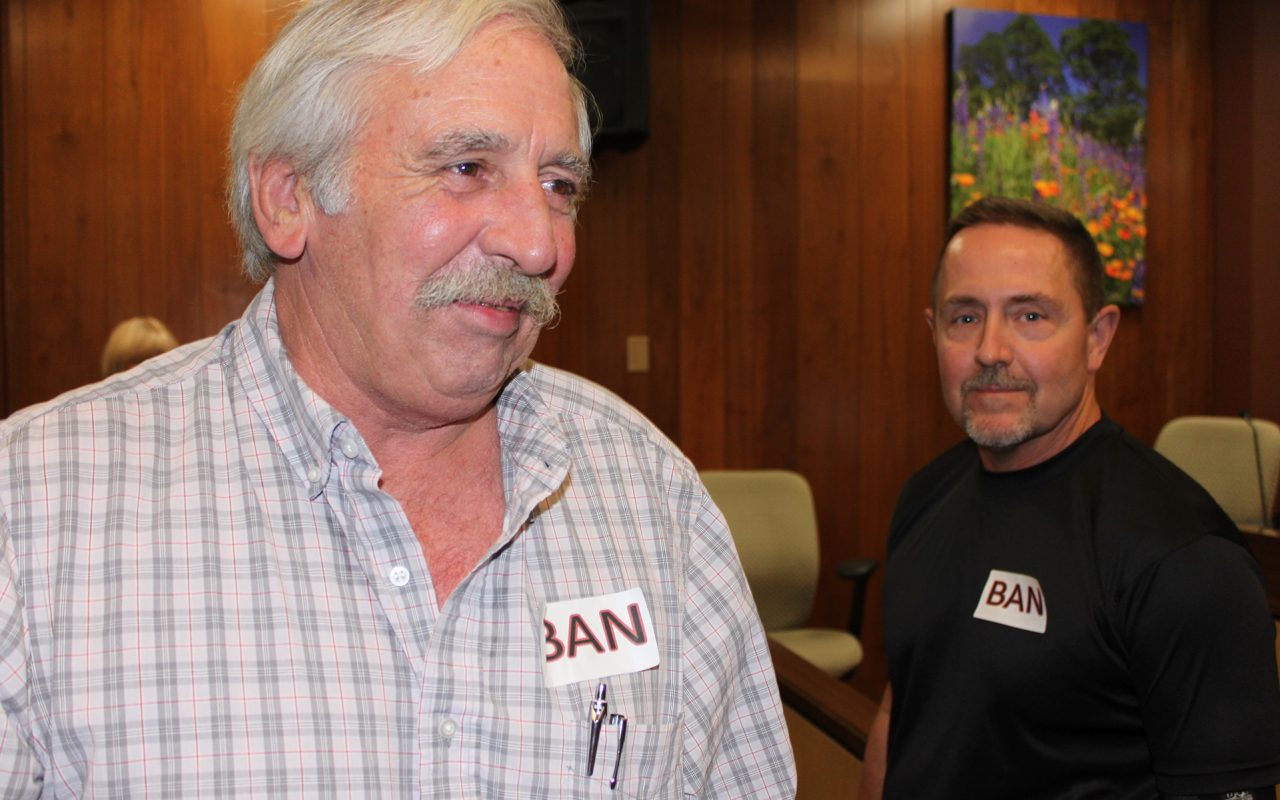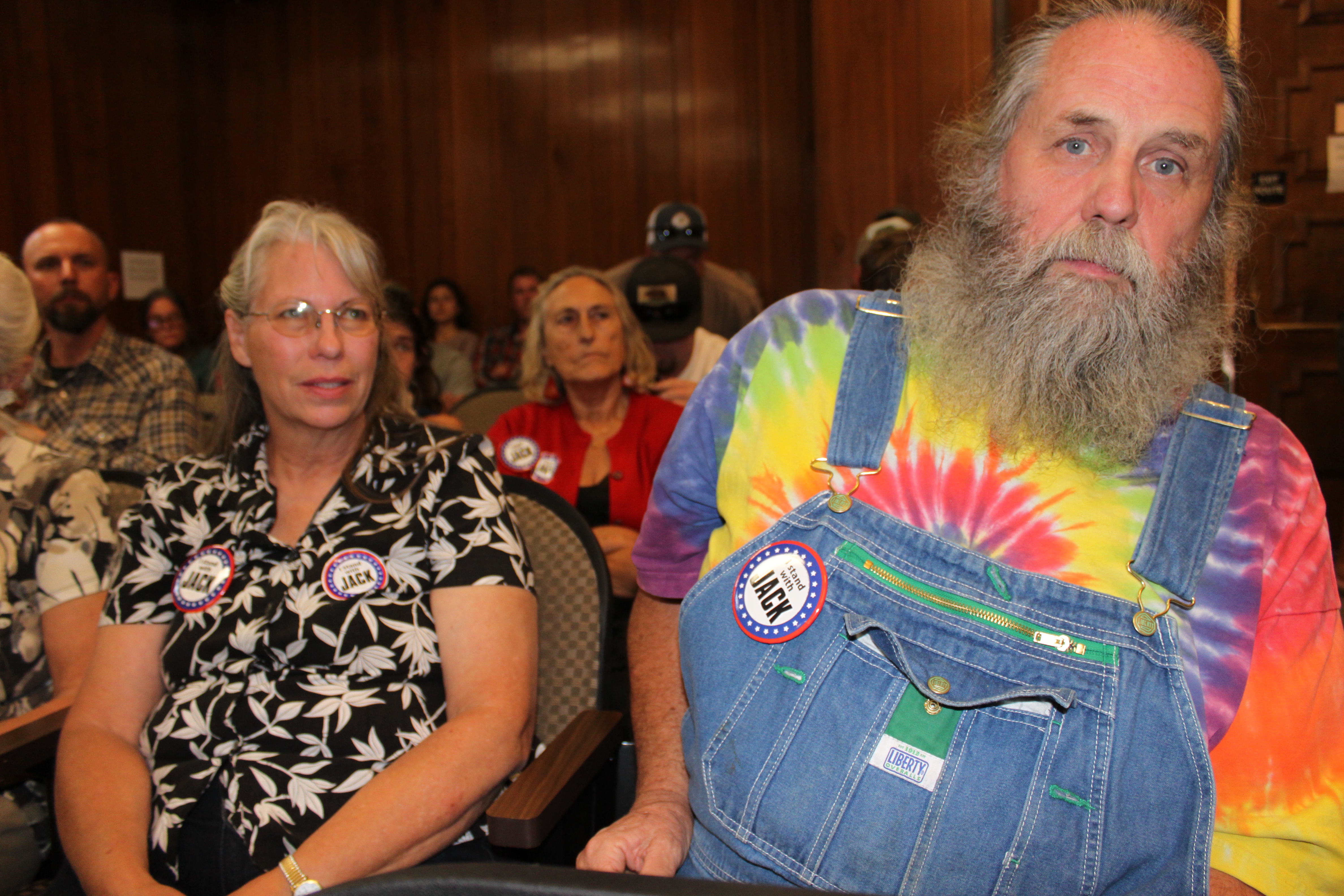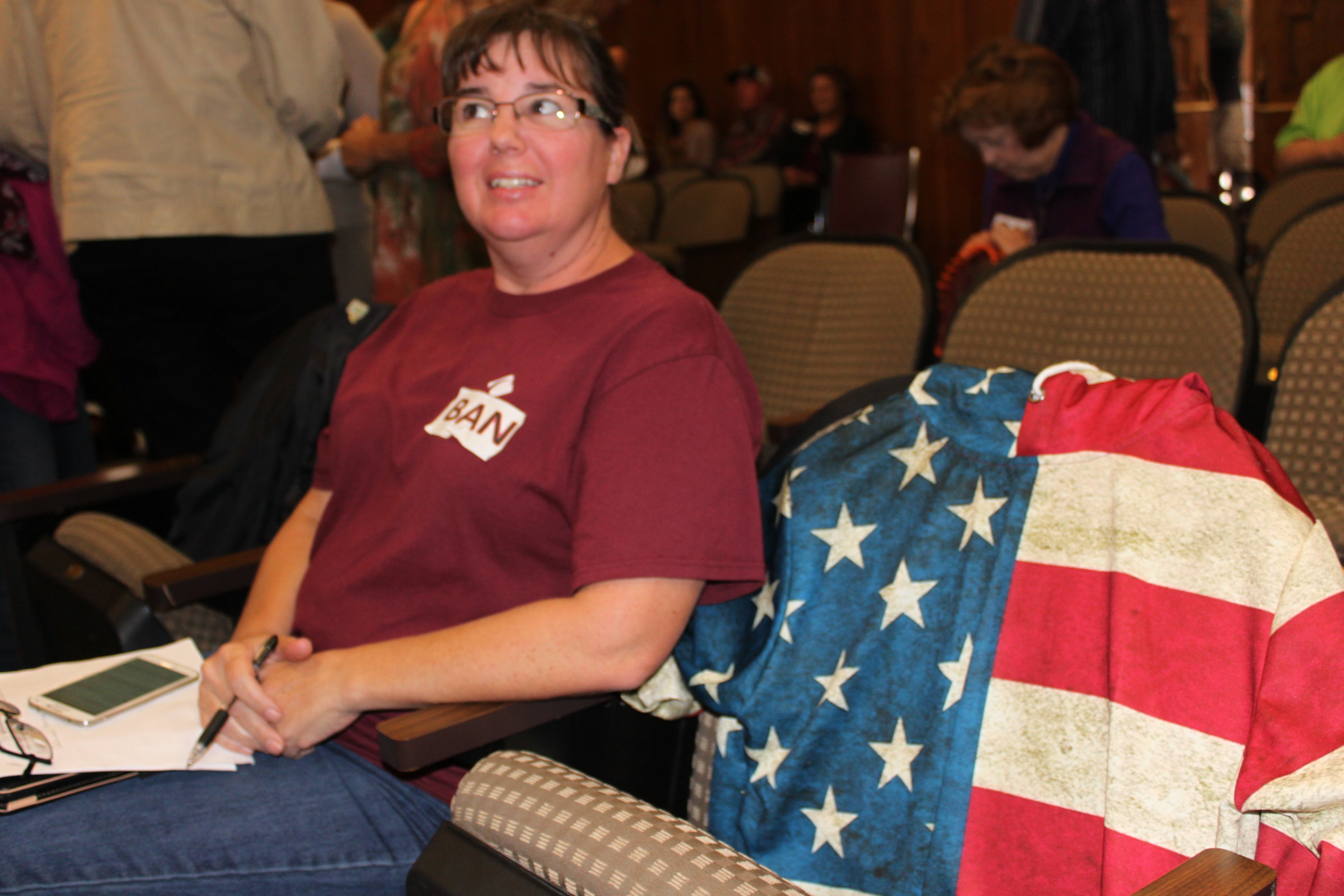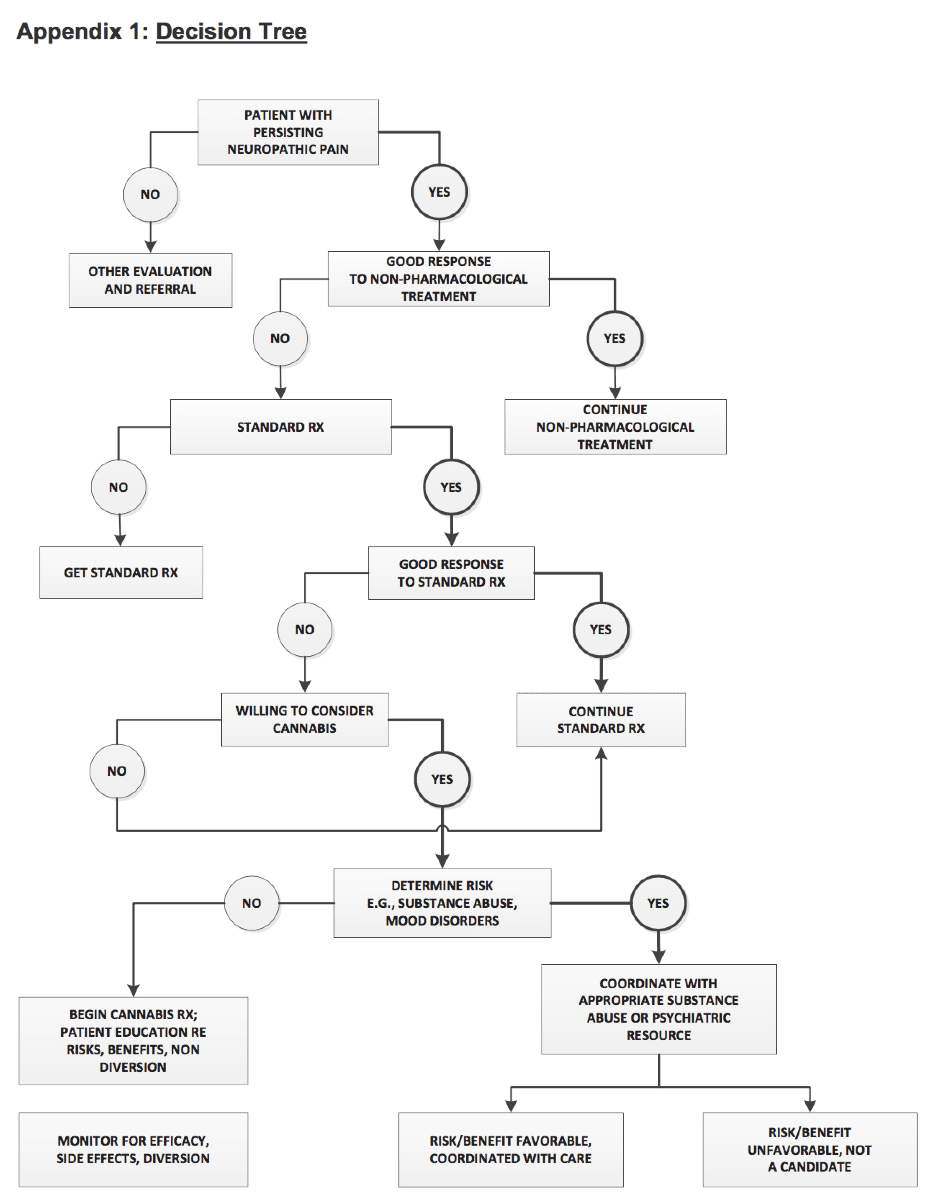Baron23
Well-Known Member
I don't care if he's running to the left of Feinstein, I hope he wins (probably won't but...). IMO, she's a complete and utter hypocrite and machine politician and needs to go....soon.
In California, Feinstein Challenger De León Seen as a Cannabis Progressive
Sen. Dianne Feinstein, the iron lady of California politics and perhaps the Golden State’s fiercest drug warrior, is facing a re-election challenge from a leading state lawmaker who has a 100 percent rating from cannabis advocates for his votes on marijuana reform issues.
'Cannabis is not his issue, but he has voted the right way.'
Dale Gieringer, California Director of NORML
Yet California Senate leader Kevin de León, a Democrat from Los Angeles who is challenging Feinstein from the left, isn’t seen as a leader on cannabis policy. If anything, some advocates say, his strength is simply that he doesn’t get in the way of state legislation promoting a regulated marijuana industry.
“Cannabis is not his issue, but he has voted the right way,” said Dale Gieringer, California director for the National Organization to Reform Marijuana Laws (NORML). “His record is certainly better than Dianne Feinstein’s.”
Feinstein, a fellow Democrat, former San Francisco mayor and California’s senator since 1992, has opposed nearly all forms of drug reform, from medical marijuana in the 1990s to California’s voter-approved adult use measure, Proposition 64, in 2016. She has also cast votes in recent years against Rohrabacher-Farr, the recurring budget amendment that prevents federal authorities from prosecuting state-permitted medical marijuana businesses and patients.

RELATED STORY
The Dianne Feinstein Mystery: Why Is She California’s Last Prohibitionist?
So cannabis advocates appeared pleased—if not necessarily wildly excited—that de León stepped up to challenge the 84-year-old Feinstein from the left in California’s open primary in 2018. Feinstein recently announced she would seek a 6th Senate term.
“I’ve heard him speak a couple of times. He is really dynamic and impressive,” Gieringer said of de León.
Don Duncan, a cannabis business consultant and former California director for Americans for Safe Access, applauded the state senate leader’s campaign announcement. Duncan was skeptical of de Leon’s chances, though.
“I definitely will vote for him, but I think he will lose,” Duncan said. “I think Dianne Feinstein is out of touch with the values of California. She has never been a big supporter of cannabis as medicine. There is just a huge disconnect and it’s time for new guard.”

RELATED STORY
California Is Still Arresting Too Many People of Color for Cannabis
De León’s Voting Record
During last year’s campaign for Proposition 64, de León stayed on the sidelines. Unlike Lt. Gov. Gavin Newsom, who openly embraced the initiative, de León kept company with most establishment Democrats who kept a low profile on legalization.
“I’m not there yet” on adult-use legalization, de León said at a press briefing late in last year’s campaign season. “I don’t know if I’m behind the times in comparison to other folks, but I still have my concerns. I have yet to make a final determination where I will stand as an individual citizen on this issue.”
He expressed worries over high THC content in many marijuana strains currently sold in California dispensaries, as well as the existence of gummy bears and edibles that he warned could appeal to children.
But in the Legislature, de León earned a perfect scorecard from the Drug Policy Forum of California for votes on cannabis issues in the 2015-16 legislative session.

RELATED STORY
Leafly List: The Best Cannabis Dispensaries in Northern California, Fall 2017
Cannabis Supporter, If Not a Leader
He voted in favor of a bill to create a “specialty cottage” license for small craft cannabis producers. He backed legislation to end discrimination against medical marijuana patients waiting for organ transplants. He supported three bills in omnibus legislation to regulate—and effectively legitimize—state-licensed medical marijuana businesses.
He also voted in favor of bills that regulated commercial cannabis transportation, reformed asset forfeiture laws, and ended penalties for paying state taxes in cash—the latter a must for many marijuana businesses deprived of banking services.
Despite de León’s votes, marijuana reform “has never been on the front burner of what he has done in the legislature,” said Sacramento political consultant Steve Maviglio, who has represented clients seeking to enter California’s regulated cannabis industry.
Maviglio said he wouldn’t be surprised if de León does make an issue of Feinstein’s opposition to cannabis liberalization “to put another arrow in his quiver to show that she is out of touch with the people.”
Maviglio says he doubts that Feinstein is vulnerable solely because of her cannabis position—despite California voters’ 57-43 percent approval of Proposition 64.
Her stubborn attitude, though, does add to the perception of a Senator increasingly out of alignment with the voters she represents.

RELATED STORY
Leafly List: The Best Cannabis Dispensaries in Southern California, Fall 2017
Feinstein’s Trump Remarks Open the Door
For his part, de León’s first political arrow was aimed at Feinstein over her conciliatory remarks about President Donald Trump at San Francisco’s Commonwealth Club on Aug. 29. Feinstein said of Trump: “I just hope he has the ability to learn and change. And if he does, he can be a good president.” The crowd booed.
De León pounced. He blasted Feinstein, a famous Democratic centrist, for remarks that appeared “complicit,” he said, in Trump’s “reckless behavior.”
In his recent campaign announcement, de León declared: “We now stand at the front lines of a historic struggle for the very soul of America, against a president without one.”
He also released a video that credits his upbringing by his mother, a single parent and Mexican immigrant who toiled for years as a maid. De León vowed to fight for universal health care, increased educational opportunities, environmental protection and respect for diversity and civil rights.
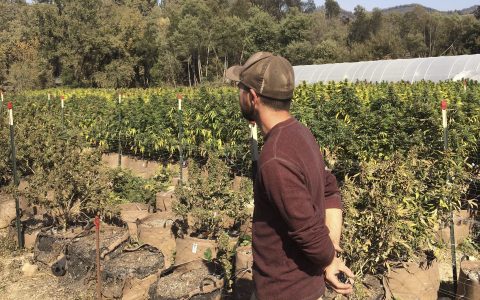
RELATED STORY
Keep Tabs on California Wildfires with SF Chron’s Live Map
Others Ready to Jump In
De León may be the first of many challengers to Feinstein from within her own party. Also reportedly pondering a run against Feinstein is billionaire climate activist Tom Steyer, and political pundits say other challengers could emerge as well.
Yet Maviglio, a Feinstein supporter, says the senator will be extremely difficult to beat – particularly in California’s open primarily, in which a Democratic challenger would have to finish ahead of the leading Republican to earn a runoff in November.
Despite de León’s standing as president pro tem of the California Senate, Maviglio says he has little name recognition outside his Los Angeles legislative district.
“Nobody knows who he is,” Maviglio said. “He had 30,000 people vote for him [in his district] in the last election and he is facing someone who has been in statewide office for a generation. That’s a huge challenge, an awesome challenge.”
In California, Feinstein Challenger De León Seen as a Cannabis Progressive
Sen. Dianne Feinstein, the iron lady of California politics and perhaps the Golden State’s fiercest drug warrior, is facing a re-election challenge from a leading state lawmaker who has a 100 percent rating from cannabis advocates for his votes on marijuana reform issues.
'Cannabis is not his issue, but he has voted the right way.'
Dale Gieringer, California Director of NORML
Yet California Senate leader Kevin de León, a Democrat from Los Angeles who is challenging Feinstein from the left, isn’t seen as a leader on cannabis policy. If anything, some advocates say, his strength is simply that he doesn’t get in the way of state legislation promoting a regulated marijuana industry.
“Cannabis is not his issue, but he has voted the right way,” said Dale Gieringer, California director for the National Organization to Reform Marijuana Laws (NORML). “His record is certainly better than Dianne Feinstein’s.”
Feinstein, a fellow Democrat, former San Francisco mayor and California’s senator since 1992, has opposed nearly all forms of drug reform, from medical marijuana in the 1990s to California’s voter-approved adult use measure, Proposition 64, in 2016. She has also cast votes in recent years against Rohrabacher-Farr, the recurring budget amendment that prevents federal authorities from prosecuting state-permitted medical marijuana businesses and patients.

RELATED STORY
The Dianne Feinstein Mystery: Why Is She California’s Last Prohibitionist?
So cannabis advocates appeared pleased—if not necessarily wildly excited—that de León stepped up to challenge the 84-year-old Feinstein from the left in California’s open primary in 2018. Feinstein recently announced she would seek a 6th Senate term.
“I’ve heard him speak a couple of times. He is really dynamic and impressive,” Gieringer said of de León.
Don Duncan, a cannabis business consultant and former California director for Americans for Safe Access, applauded the state senate leader’s campaign announcement. Duncan was skeptical of de Leon’s chances, though.
“I definitely will vote for him, but I think he will lose,” Duncan said. “I think Dianne Feinstein is out of touch with the values of California. She has never been a big supporter of cannabis as medicine. There is just a huge disconnect and it’s time for new guard.”

RELATED STORY
California Is Still Arresting Too Many People of Color for Cannabis
De León’s Voting Record
During last year’s campaign for Proposition 64, de León stayed on the sidelines. Unlike Lt. Gov. Gavin Newsom, who openly embraced the initiative, de León kept company with most establishment Democrats who kept a low profile on legalization.
“I’m not there yet” on adult-use legalization, de León said at a press briefing late in last year’s campaign season. “I don’t know if I’m behind the times in comparison to other folks, but I still have my concerns. I have yet to make a final determination where I will stand as an individual citizen on this issue.”
He expressed worries over high THC content in many marijuana strains currently sold in California dispensaries, as well as the existence of gummy bears and edibles that he warned could appeal to children.
But in the Legislature, de León earned a perfect scorecard from the Drug Policy Forum of California for votes on cannabis issues in the 2015-16 legislative session.

RELATED STORY
Leafly List: The Best Cannabis Dispensaries in Northern California, Fall 2017
Cannabis Supporter, If Not a Leader
He voted in favor of a bill to create a “specialty cottage” license for small craft cannabis producers. He backed legislation to end discrimination against medical marijuana patients waiting for organ transplants. He supported three bills in omnibus legislation to regulate—and effectively legitimize—state-licensed medical marijuana businesses.
He also voted in favor of bills that regulated commercial cannabis transportation, reformed asset forfeiture laws, and ended penalties for paying state taxes in cash—the latter a must for many marijuana businesses deprived of banking services.
Despite de León’s votes, marijuana reform “has never been on the front burner of what he has done in the legislature,” said Sacramento political consultant Steve Maviglio, who has represented clients seeking to enter California’s regulated cannabis industry.
Maviglio said he wouldn’t be surprised if de León does make an issue of Feinstein’s opposition to cannabis liberalization “to put another arrow in his quiver to show that she is out of touch with the people.”
Maviglio says he doubts that Feinstein is vulnerable solely because of her cannabis position—despite California voters’ 57-43 percent approval of Proposition 64.
Her stubborn attitude, though, does add to the perception of a Senator increasingly out of alignment with the voters she represents.

RELATED STORY
Leafly List: The Best Cannabis Dispensaries in Southern California, Fall 2017
Feinstein’s Trump Remarks Open the Door
For his part, de León’s first political arrow was aimed at Feinstein over her conciliatory remarks about President Donald Trump at San Francisco’s Commonwealth Club on Aug. 29. Feinstein said of Trump: “I just hope he has the ability to learn and change. And if he does, he can be a good president.” The crowd booed.
De León pounced. He blasted Feinstein, a famous Democratic centrist, for remarks that appeared “complicit,” he said, in Trump’s “reckless behavior.”
In his recent campaign announcement, de León declared: “We now stand at the front lines of a historic struggle for the very soul of America, against a president without one.”
He also released a video that credits his upbringing by his mother, a single parent and Mexican immigrant who toiled for years as a maid. De León vowed to fight for universal health care, increased educational opportunities, environmental protection and respect for diversity and civil rights.

RELATED STORY
Keep Tabs on California Wildfires with SF Chron’s Live Map
Others Ready to Jump In
De León may be the first of many challengers to Feinstein from within her own party. Also reportedly pondering a run against Feinstein is billionaire climate activist Tom Steyer, and political pundits say other challengers could emerge as well.
Yet Maviglio, a Feinstein supporter, says the senator will be extremely difficult to beat – particularly in California’s open primarily, in which a Democratic challenger would have to finish ahead of the leading Republican to earn a runoff in November.
Despite de León’s standing as president pro tem of the California Senate, Maviglio says he has little name recognition outside his Los Angeles legislative district.
“Nobody knows who he is,” Maviglio said. “He had 30,000 people vote for him [in his district] in the last election and he is facing someone who has been in statewide office for a generation. That’s a huge challenge, an awesome challenge.”
